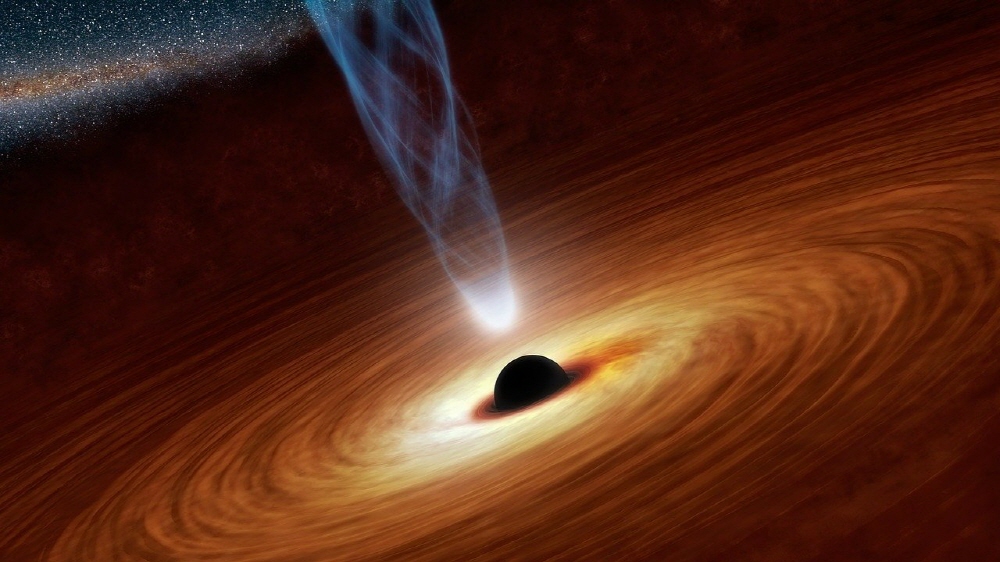
A black hole is a celestial body that swallows even light with its strong gravitational force, so it is not possible to observe behind the black hole. However, on July 28 (local time), it was announced that a ray emitted from the other side of the black hole was observed. According to the paper, this phenomenon was predicted by Einstein, but has never been confirmed until now.
The light behind the black hole was discovered by a research team led by Dan Wilkins, an astrophysicist from Stanford University. The research team initially observed a black hole in the galaxy (I Zwicky1) located 800 million light-years away from Earth to investigate a phenomenon called corona, in which some black holes are visible.
The research team said that it is a strong theory that black hole corona occurs when gas is sucked into the black hole, resulting in extremely high temperatures of millions of degrees. X-rays are emitted when this magnetic field approaches the black hole and heats objects around it.
While the research team was observing X-rays from the black hole corona, repeated powerful X-ray bursts were recorded at a distance of 60 million km from the black hole event horizon. As a result of analyzing the two X-ray bursts, the research team revealed that the second X-ray burst was observed late in the weakening of the first X-ray burst. Because of this, the team concluded that the second X-ray burst was a reflection from the back of the first X-ray burst black hole.
The research team explained about this phenomenon, because light entering the black hole cannot come out, so if you think about it normally, you cannot see anything behind the black hole. However, he explained that this is because the black hole where the radiation was observed behind this black hole distorts space and also distorts the magnetic field around it. Also, astronomers who estimated how the magnetic field near black holes behaved 50 years ago would not have thought that the day would come when advances in direct observation technology and Einstein’s general theory of relativity could actually confirm this.
The research team will continue to study black holes through the European Space Agency’s X-ray observation project, Athena (Advanced Telescope for High-ENergy Astrophysics), to deepen understanding of galaxy birth and formation. Related information can be found here.

